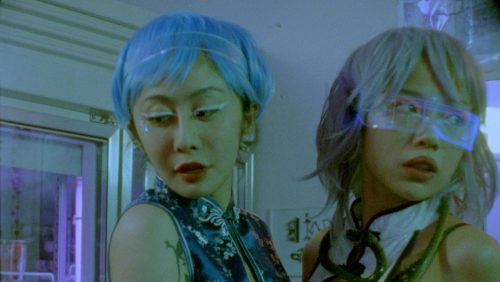
Rachel Fäth, Johannes Büttner + Tom Richardson
Die zwei Seiten der Medaille
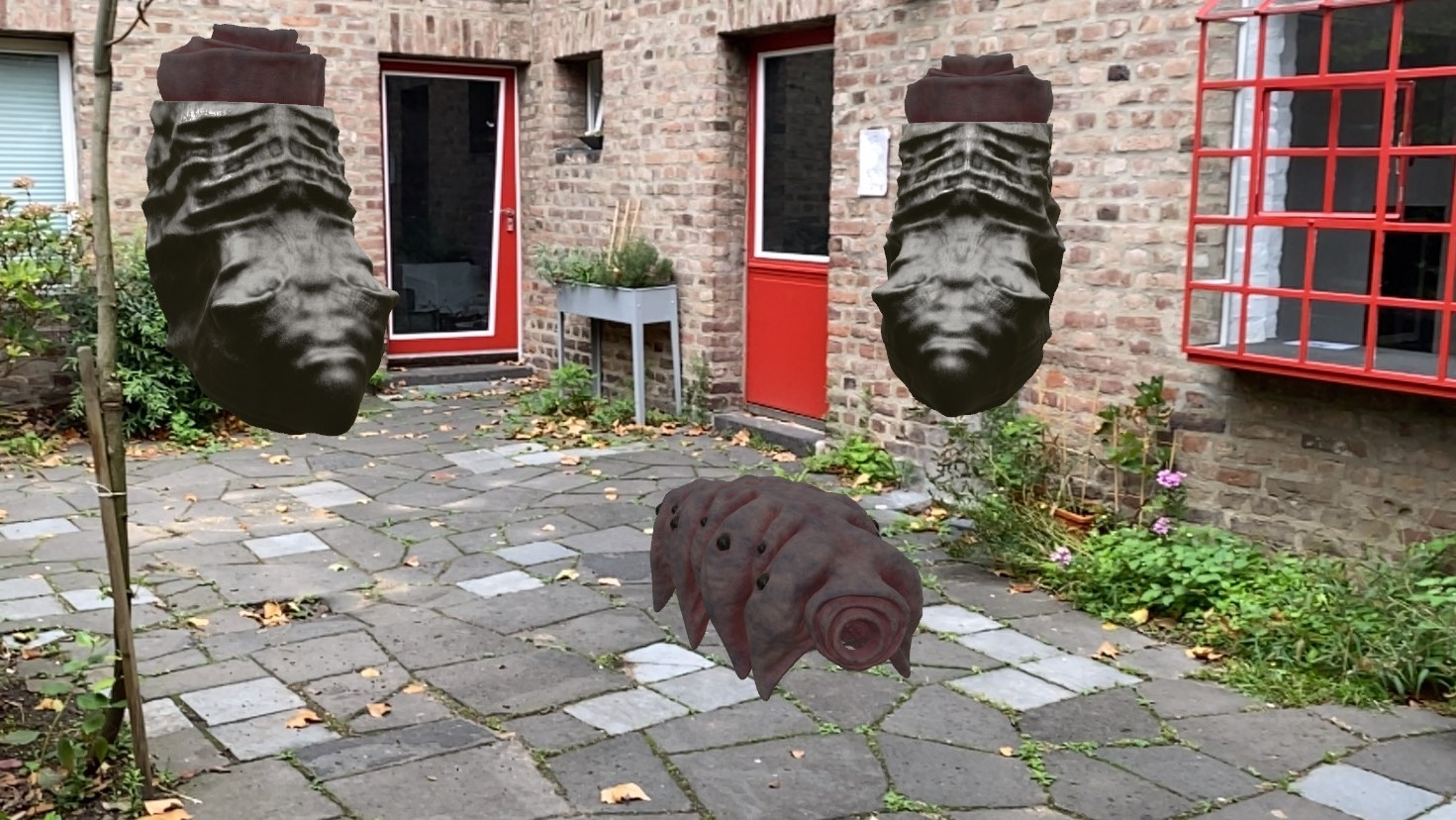
Cryptobiosis, Johannes Büttner + Tom Richardson, mauer 2022, Foto: Tom Richardson
Advertisement

Cryptobiosis, Johannes Büttner + Tom Richardson, mauer 2022, Foto: Tom Richardson
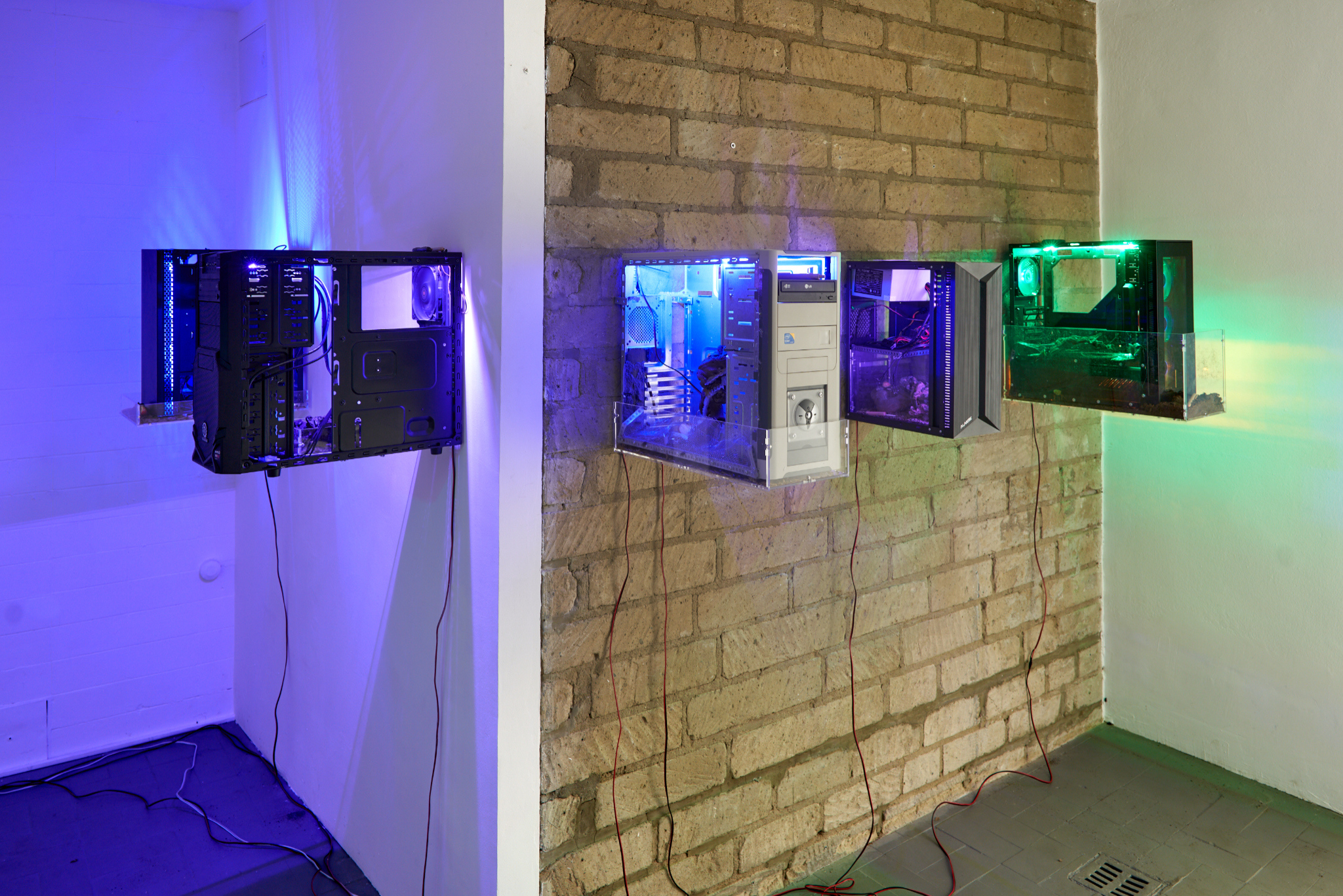
Cryptobiosis, Johannes Büttner + Tom Richardson, mauer 2022, Foto: Alwin Lay
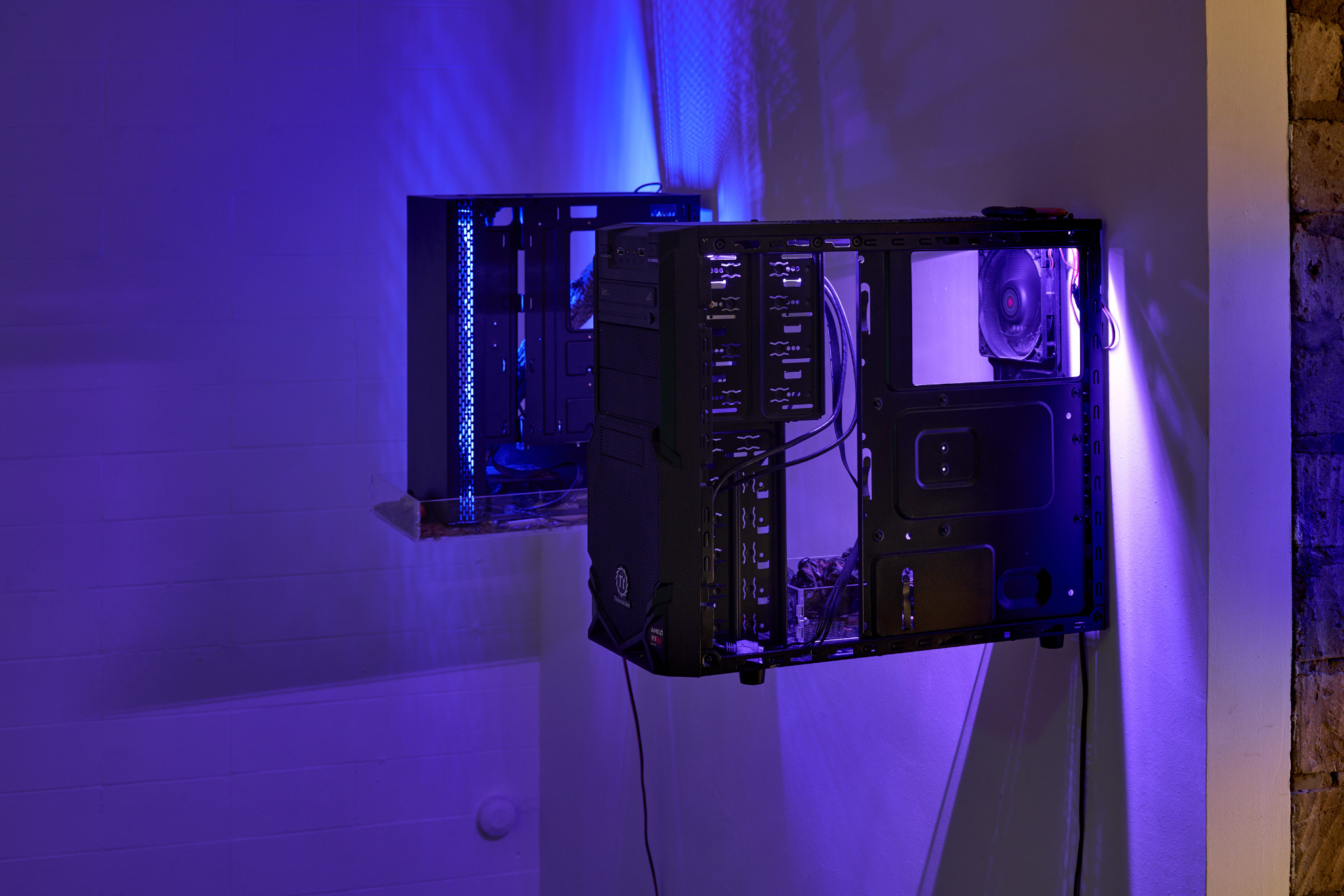
Cryptobiosis, Johannes Büttner + Tom Richardson, mauer 2022, Foto: Alwin Lay
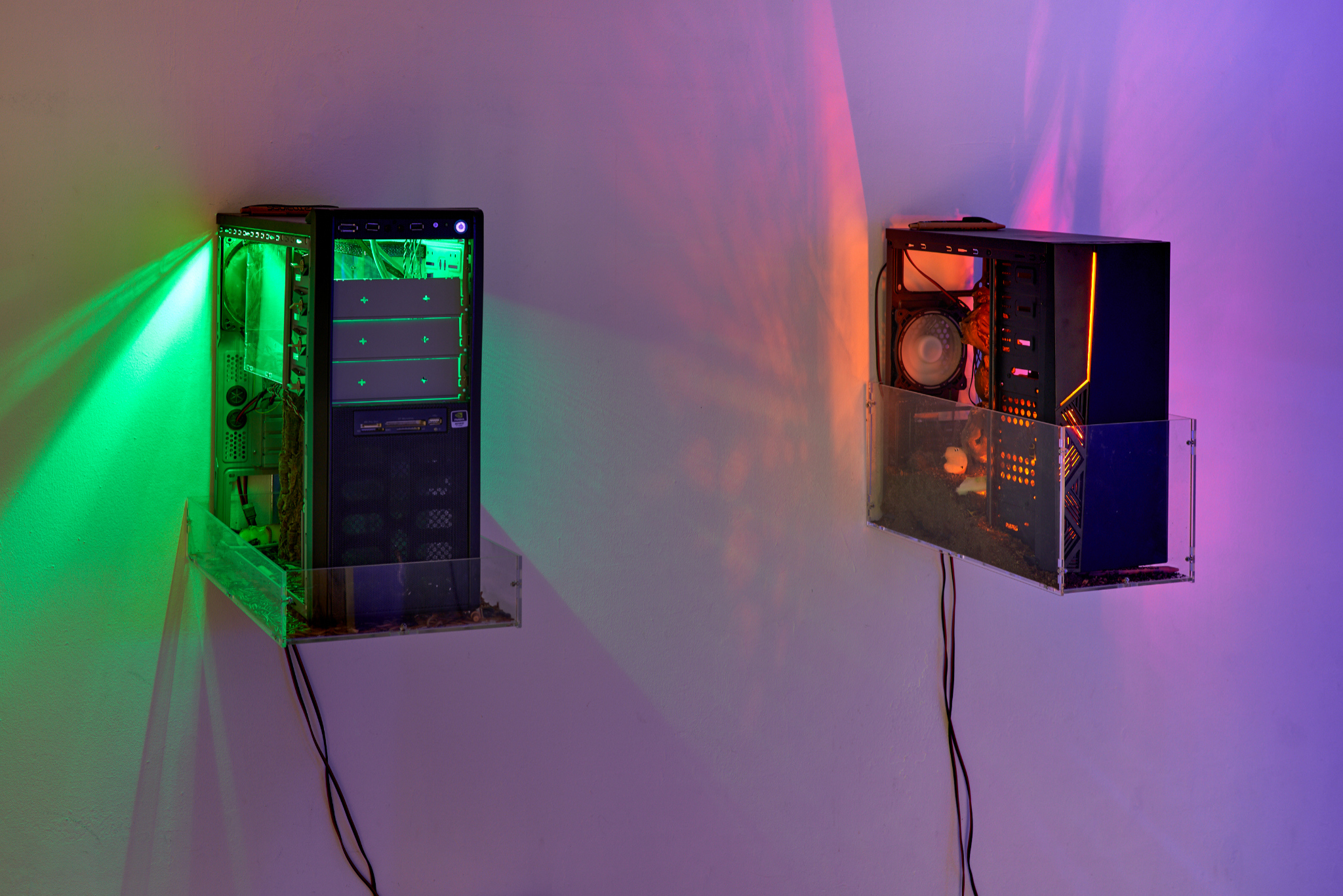
Cryptobiosis, Johannes Büttner + Tom Richardson, mauer 2022, Foto: Alwin Lay

Cryptobiosis, Johannes Büttner + Tom Richardson, mauer 2022, Foto: Alwin Lay
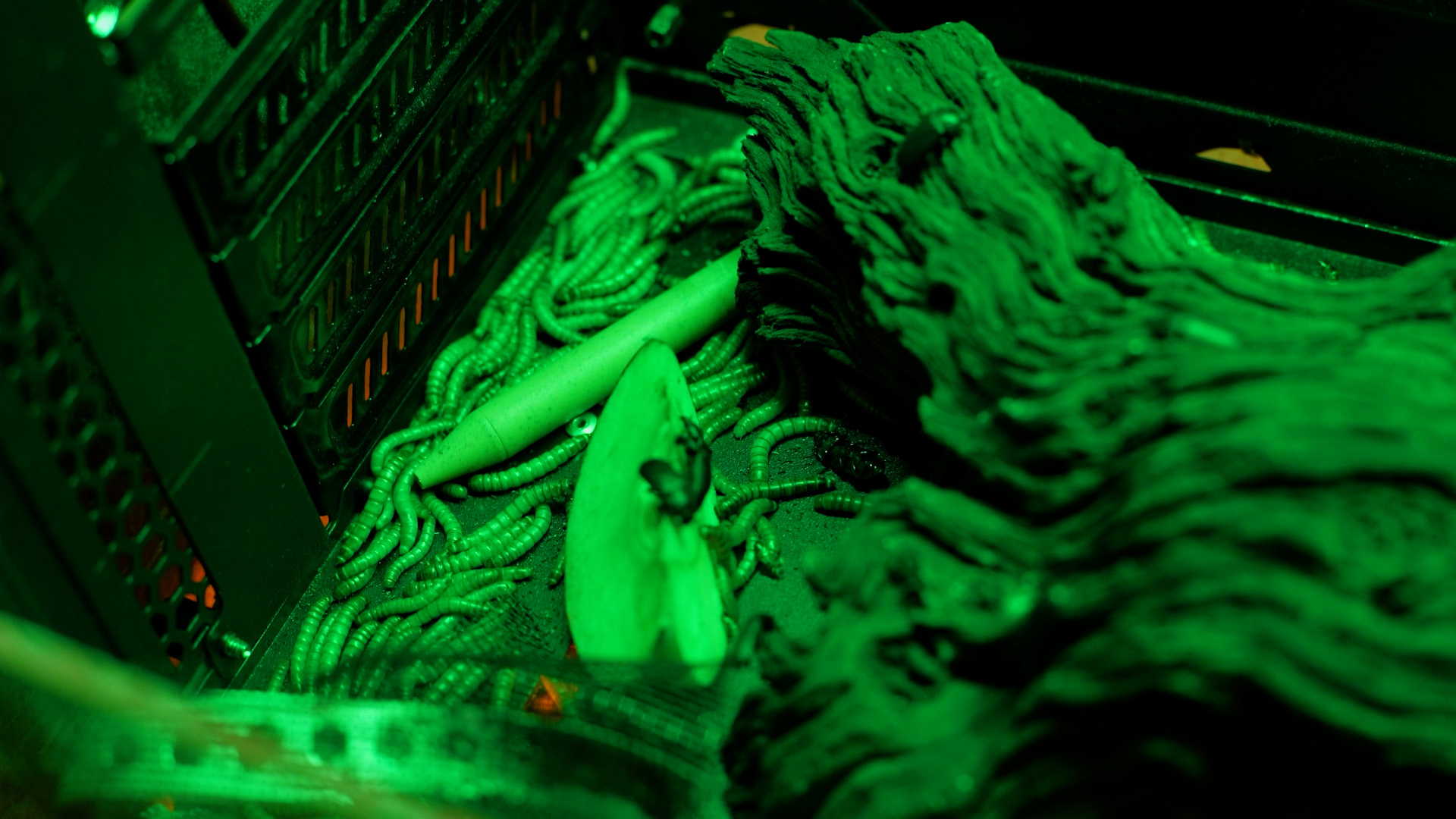
Cryptobiosis, Johannes Büttner + Tom Richardson, mauer 2022, Foto: Alwin Lay
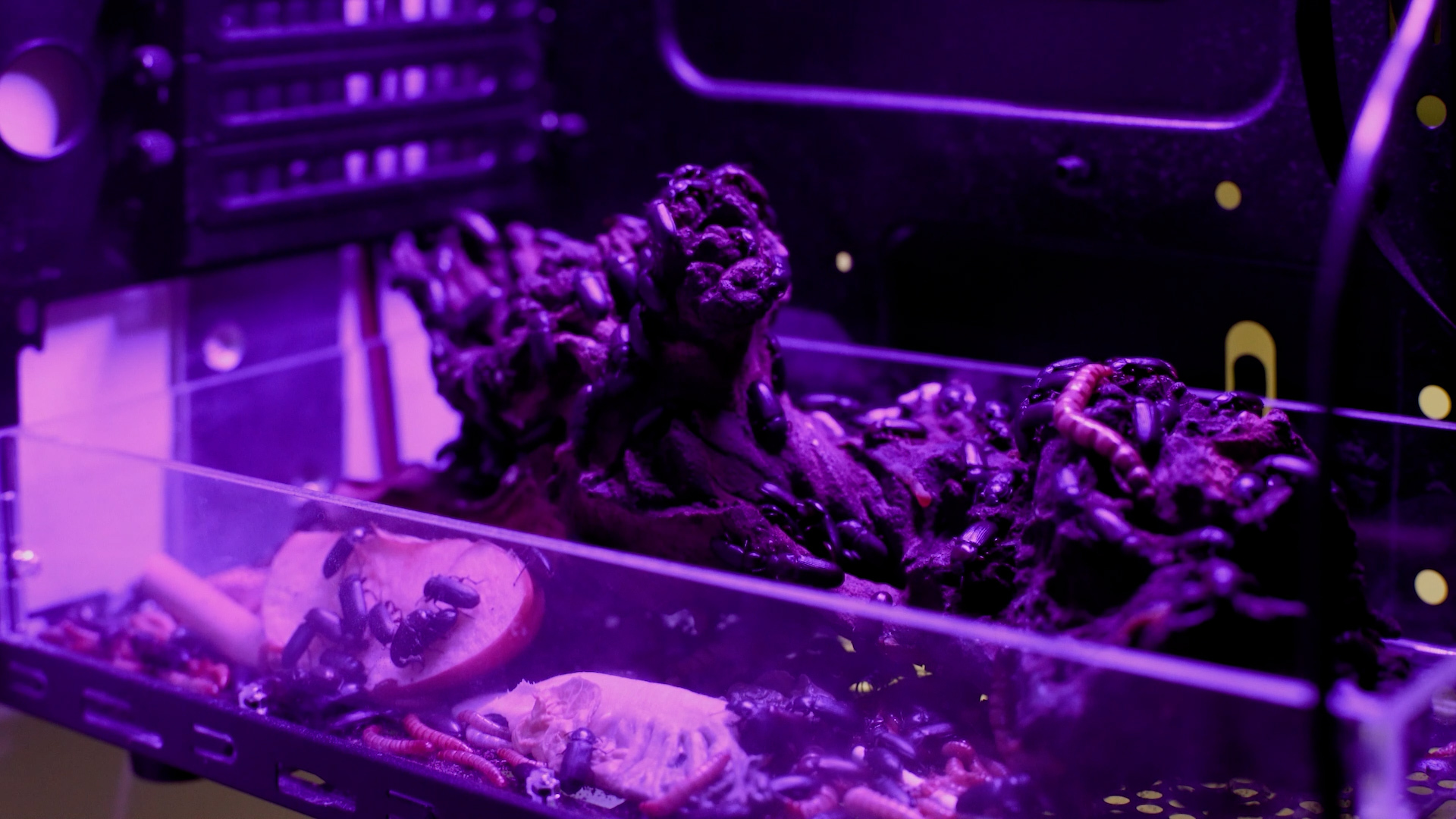
Cryptobiosis, Johannes Büttner + Tom Richardson, mauer 2022, Foto: Alwin Lay
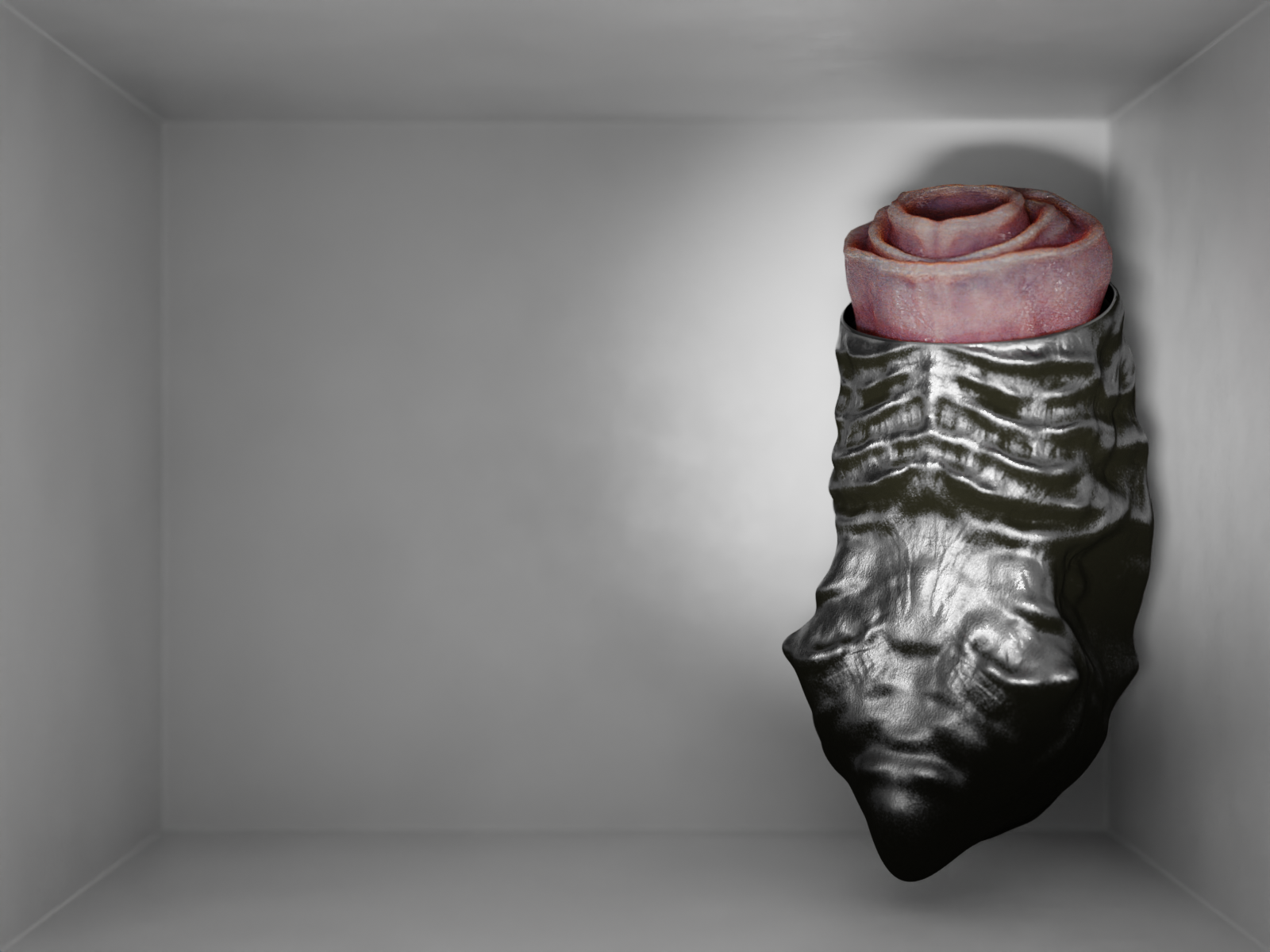
Cryptobiosis, Johannes Büttner + Tom Richardson, mauer 2022, Foto: Tom Richardson
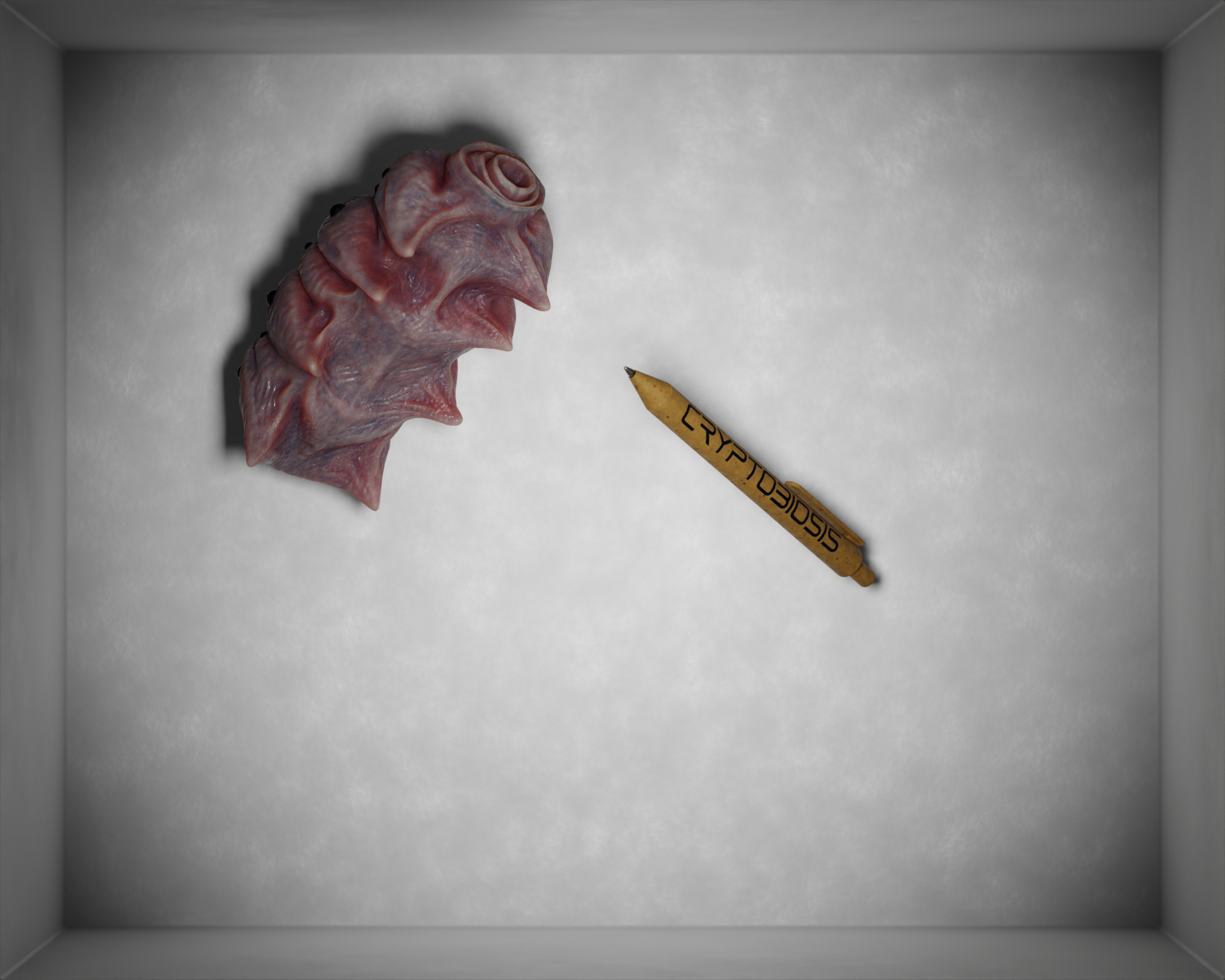
Cryptobiosis, Johannes Büttner + Tom Richardson, mauer 2022, Foto: Tom Richardson
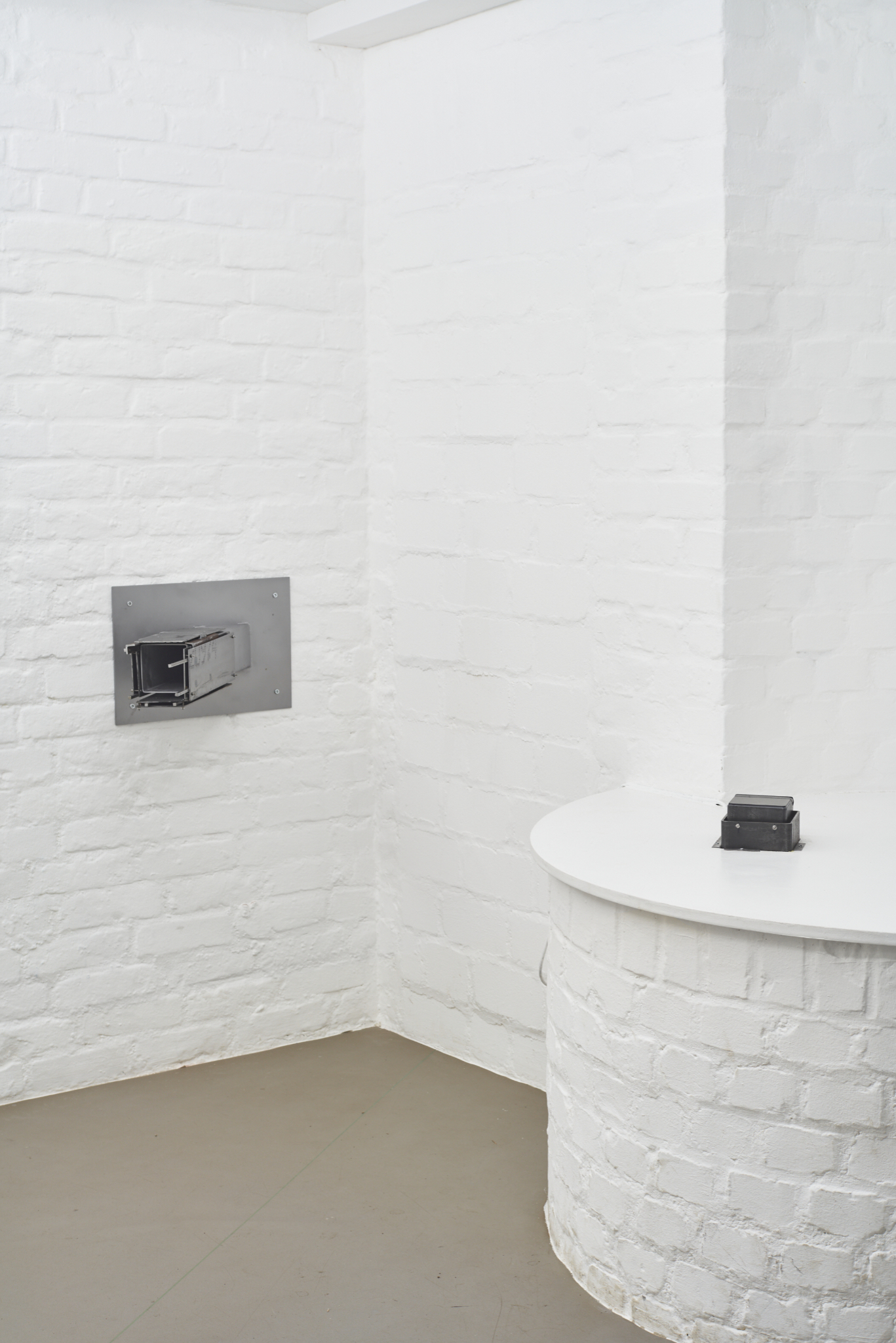
Eine Münze höher, Rachel Fäth, mauer 2022, Foto: Alwin Lay
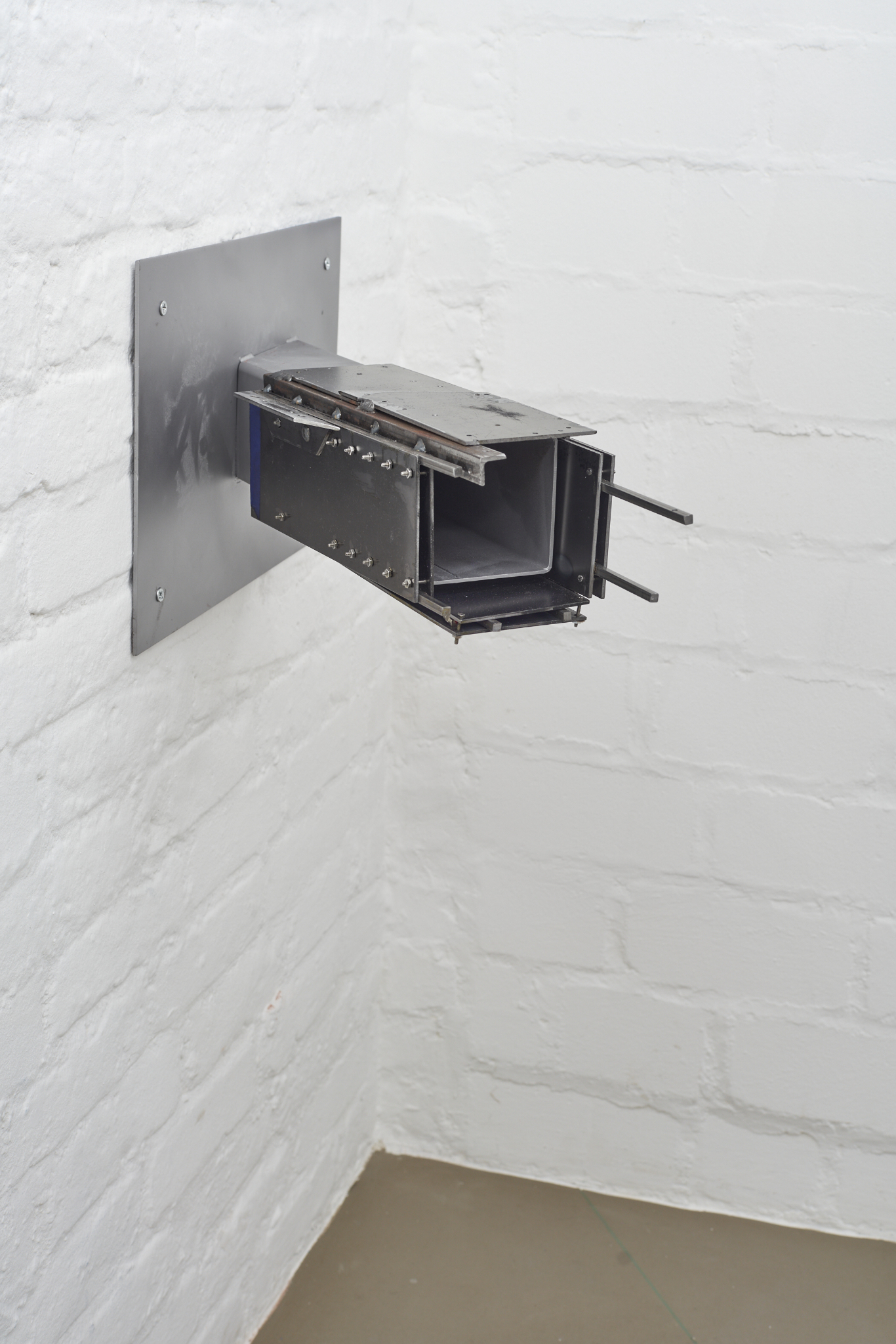
Mount with Extender, Rachel Fäth, mauer 2022, Foto: Alwin Lay
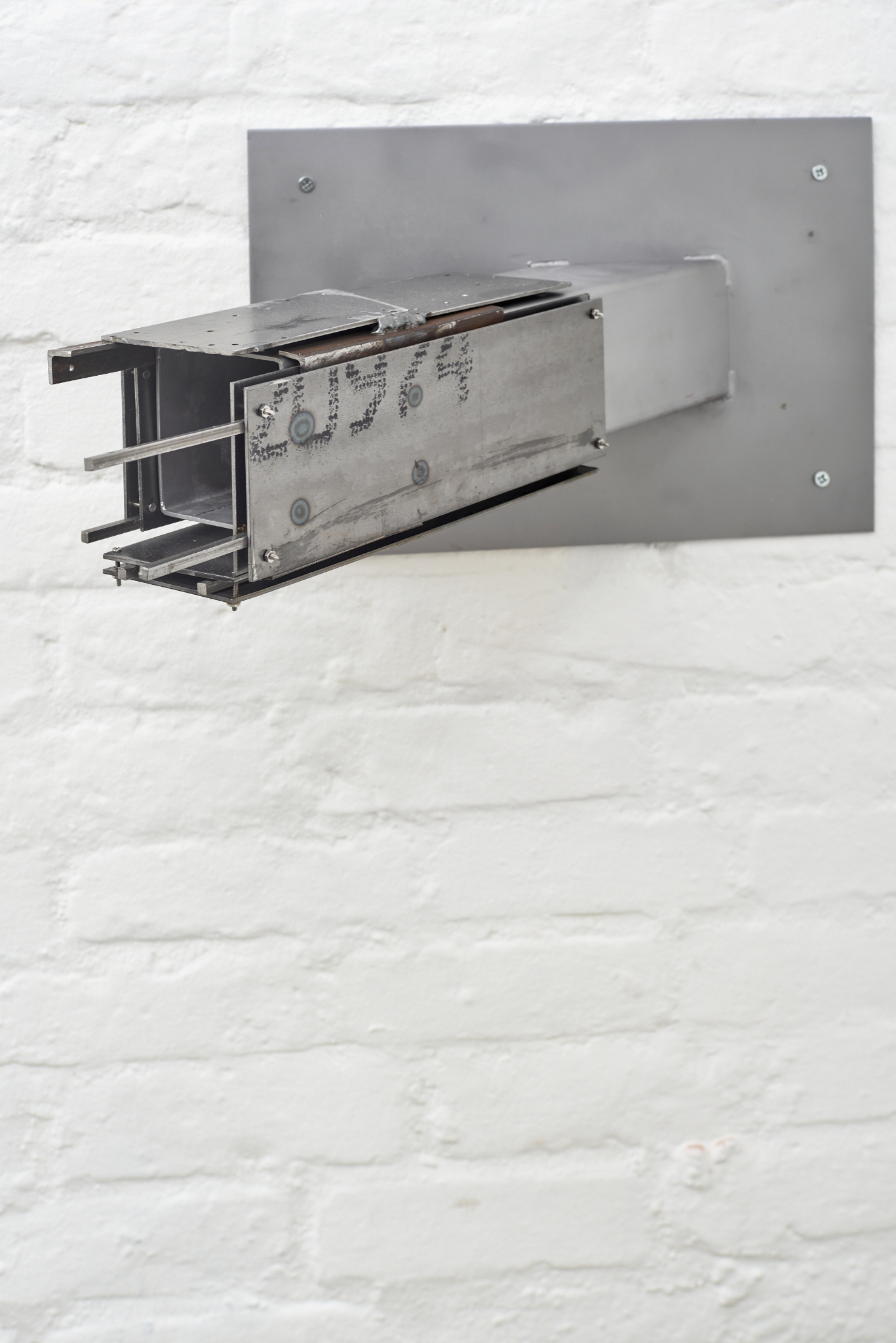
Mount with Extender, Rachel Fäth, mauer 2022, Foto: Alwin Lay
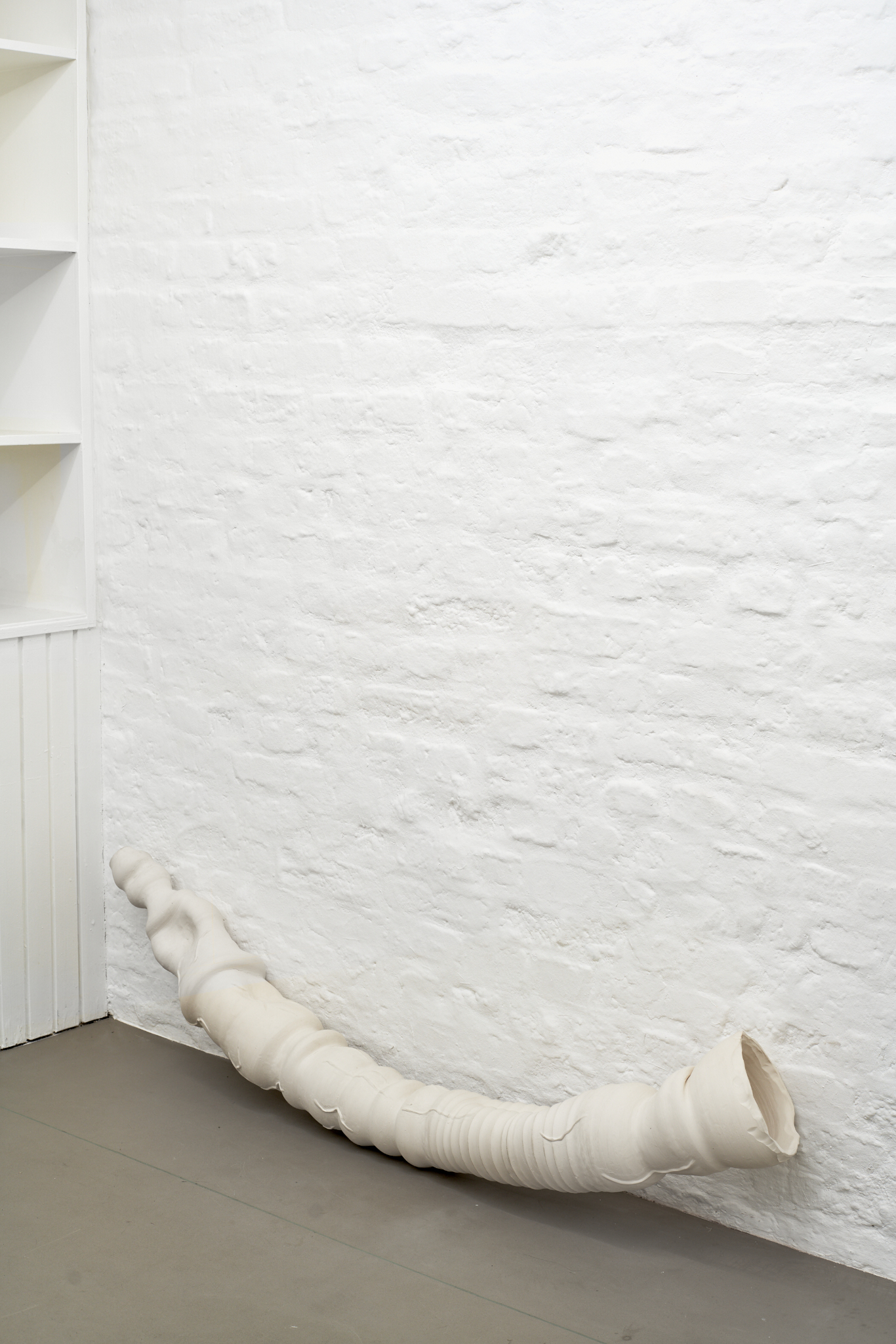
Cryptobiosis, Johannes Büttner + Tom Richardson in Kollaboration mit Caroline Bertram, mauer 2022, Foto: Alwin Lay

Die zwei Seiten der Medaille, Installationsansicht, mauer 2022, Foto: Alwin Lay
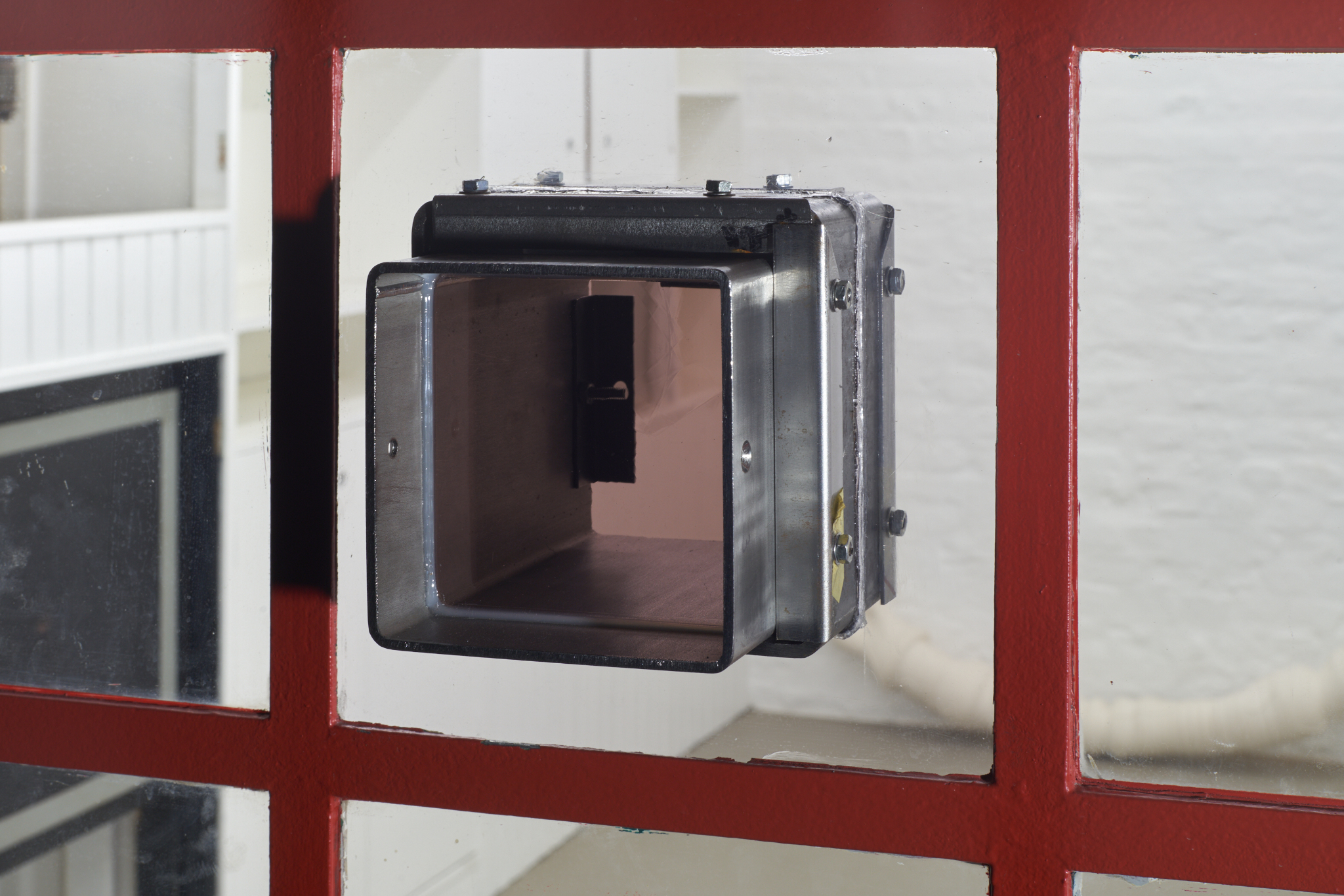
Ex Gereon, Rachel Fäth, mauer 2022, Foto: Alwin Lay

Die zwei Seiten der Medaille, Installationsansicht, mauer 2022, Foto: Alwin Lay
“If we want things to stay as they are, things will have to change,” pronounces the bourgeois revolutionary Tancredi Falconeri, in what is perhaps the most famous line of Guiseppe di Lampedusa’s historical novel The Leopard. Set during the Risorgimento, or Italian unification, Tancredi directs this aphorism toward Prince Don Fabrizio Cordera, the novel’s representative of a Sicilian aristocracy in its autumn. Tancredi’s line seals the fate of Don Fabrizio – the approaching twin tides of nationalism and commerce are sure to drown those traditional values and forms of existence he typifies – but only through a more totalizing affirmation of the metaphysics of modernity itself, a two-sided coin that Horkheimer and Adorno memorably labelled, in another context, the “dialectic of enlightenment.”
The works in Die Zwei Seiten der Medaille, like Lampadeusa’s novel, fuse the historical with the existential, the natural with the personal, the universal with the particular. Rachel Fäth’s series of assemblages activates a historical narrative latent within the mauer space. Underneath a horizontal wooden board at the perimeter of the space hides the remains of a fountain, built by Romans nearly two millennia ago, a relic of the ancient city wall once encircling Cologne. Jutting upward through the board is one of Fäth’s series of rectangular, stainless-steel tubes, bound at both sides by glass. At the bottom end of the object, submerged within the fountain’s ruins, hides a one-cent coin, as if arrested mid-air at the precise moment it was cast into the wellspring for luck.
Three additional pieces by Fäth – two mounting systems with extenders bolted to opposite walls, one hole-object balancing on a single pane of a gridded window frame – extend inward and outward from the gallery architecture’s edges, centrifugally pressing its limits, bisecting its spatial flow. Fäth carefully foregrounds the production and circulation of the raw material she chooses – metal is, of course, an essential mass-produced commodity; like oil, it is a bellwether of the world economy’s booms and busts. Sandblasted mountings leave impressions of other surfaces, and worker scribblings record traces of dead labor. Manufacturing codes and price tags index the inescapable, alienated social forms to which countless workers submit daily for a wage.
Fäth’s rationalized, synthetic arrangements are answered by Johannes Büttner and Tom Richardson’s Cryptobiosis – a large, collaborative installation. Within a set of computer casings, stripped entirely of their technological innards, the two artists trap meal worms, locusts, crickets, centipedes, cockroaches, and isopods. These protein-rich bugs – displaced to foreign dwellings of steel, aluminum, and plastic – are fed pens made of corn starch, which, when excreted, are recycled to cast new pens, in a continuous metabolic cycle. Pens play an oft-forgotten role in the history of computation: before binary code, integrated circuitry, and liquid-crystal displays, mathematical calculations were written on paper, notated manually by so many anonymous hands.
In a 3D animation and augmented reality located in the gallery courtyard, chimeric bug-like creatures are metamorphosed through three life stages, co-habiting with the feces-starch pens, larvae, and younger nymphs in an abhorrent digital lab – which viewers are invited to explore on their smartphone or tablet devices.
With pitiless detachment, Büttner and Richardson’s fecund microenvironments rewind the temporal order of instrumental reason. The abstractions of modern science are equated with the secretions of arthropod ecosystems, symbolic logic with invertebrate instinct. Progress becomes regress, and the effect is to awaken us to the triumphal march of history, perhaps not as emancipation, but as impersonal compulsion: which is, after all, what György Lukács identified as the unwitting function of all historical fictions.
Michael Eby


